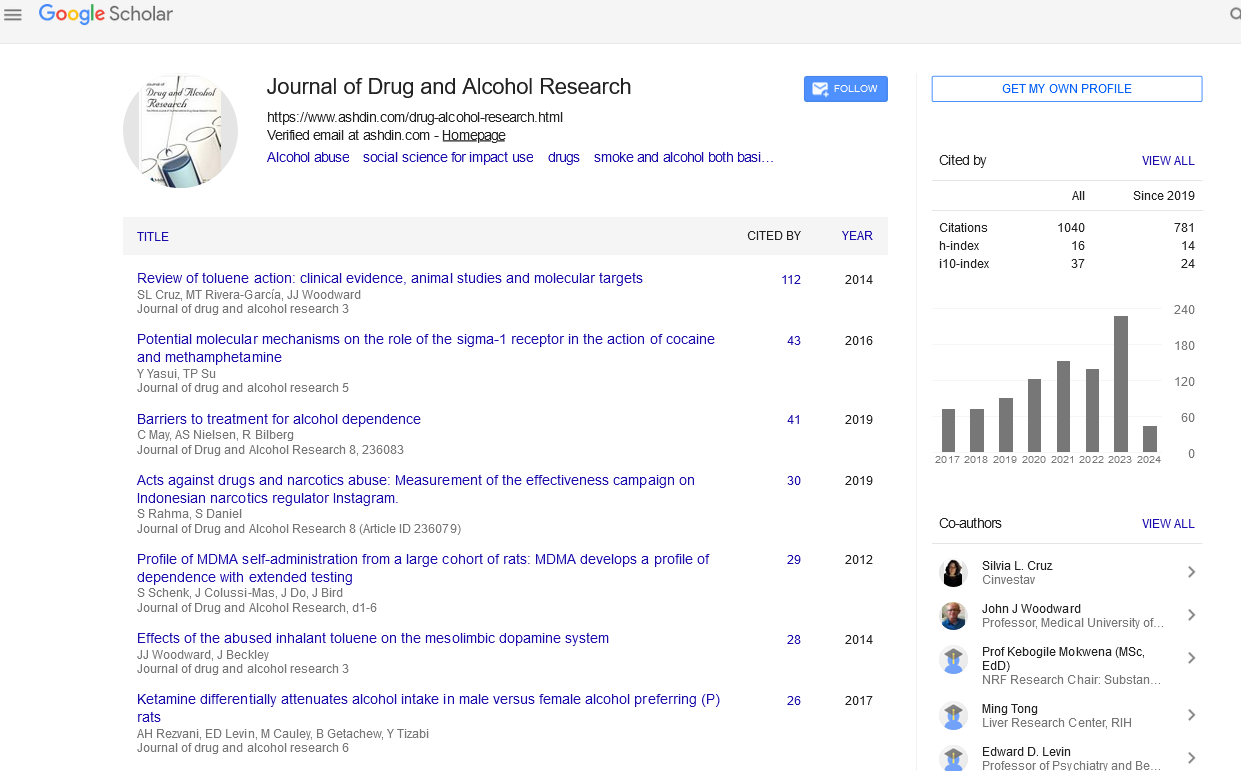Gradenigo Syndrome, Neurocysticercosis, Drug Therapy: Case Report and Systematic Review
Author(s): Lourdes de Fatima Ibanez Valdes and Humberto Foyaca*
Abstract
Introduction: A quite rare and dangerous side effect of chronic otitis media is Gradenigo’s Syndrome (GS). It is usually characterized by three symptoms: Ipsilateral abducens nerve palsy, which is caused by the spread of the infectious process from the middle ear to the petrous apex of the temporal bone; facial pain; and purulent otorrhea, which is usually caused by petrous apicitis as a consequence of acute otitis media.
Neurocysticercosis (NCC) is parasitic disease caused by the larva stage of the pig tapeworm Taenia solium when infect the brain, optic nerve and the spinal cord.
Methods: We searched the medical literature, following the guidelines outlined in the PRISMA statement. From 01st, January 1944 to 31st, January 2025, the authors searched the scientific databases, Scopus, Embassy, Medline, and PubMed Central using the following searches: “Gradenigo’s syndrome” OR “Petrous apicitis” OR “Otitis media complications” OR “Abducens nerve palsy” OR “Petrositis”, OR “Cavernous sinus syndrome” OR “Trigeminal nerve” OR “Trigeminal neuralgia”
Results: After screening the full?text articles for relevance, 61 articles were included for final review. However, no article was found when we searched for GS/NCC/responding to drug therapy.
Conclusions: As far we know, this is the case report about comorbidity of NCC and GS. The association of GS and NCC is by coincidence and there not relationship between both pathogens. The local venous system plays an important role in the pathogenesis of GS complications. The broadspectrum IV antibiotic is the treatment of choice.


